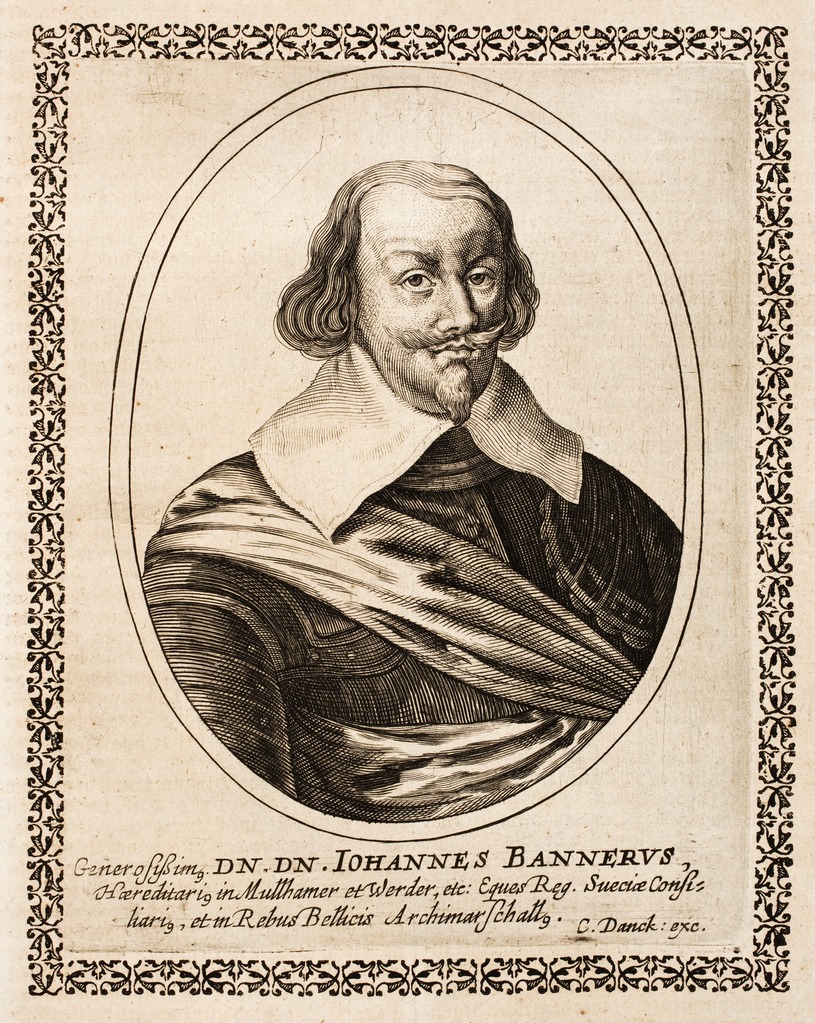
A battle took place in Germany on this day, which resulted in the victory of the Swedish army, and allowed it to penetrate into Bohemia (today the Czech Republic). This occurred during the Thirty Years’ War, a horrifically bloody European conflict that lasted between 1618 and 1648. At least 3,000,000 people were killed in that war, and some estimates run as high as 11,500,000. This war was fought mainly a conflict between Catholics and Protestants, and in this sense, it was one of the bloodiest religious wars in the history of the world. In some parts of Germany the human losses amounted to over 50% of the population. The lands were devastated and deserted, which led to other disasters – famine and diseases. Eventually, the war turned from a religious one into a war between the great powers, that Catholics started to fight against Catholics.
Why did Sweden attack Bohemia? Namely, Sweden was a Protestant country, dominated by Lutherans (Evangelicals). In that sense, it wanted to attack the Catholic Austria (Vienna and the Habsburgs were the main center of the Catholic side), under whose rule was also Bohemia. In addition, the Swedes at that time had pretensions to become a great European military force, so they wanted to weaken the influence of the Habsburgs in Germany.
On this day the Swedish army clashed with the Habsburg and Saxon armies at Chemnitz. This is a city in Germany, only a few dozen kilometers from the Czech border (in the time of the East German communist regime it was called Karl-Marx-Stadt). The Swedes were victorious in battle, which is not surprising considering that they had about 20,000 troops, and the enemy only about 8,000.
Victory in this battle enabled the Swedes, under General Johan Banner, to penetrate into Bohemia and plunder it. Pillaging was a common way of feeding the army at the time of the Thirty Years’ War, mainly because there was no military logistics in the modern sense of the word. It is interesting that the Swedish ruler in the time of the attack was the famous Kristina of Sweden, known for her support of science (the renowned René Descartes was at her court). Later she also converted to Catholicism, and spent the last years of her life in Rome (she was buried in the Vatican).




